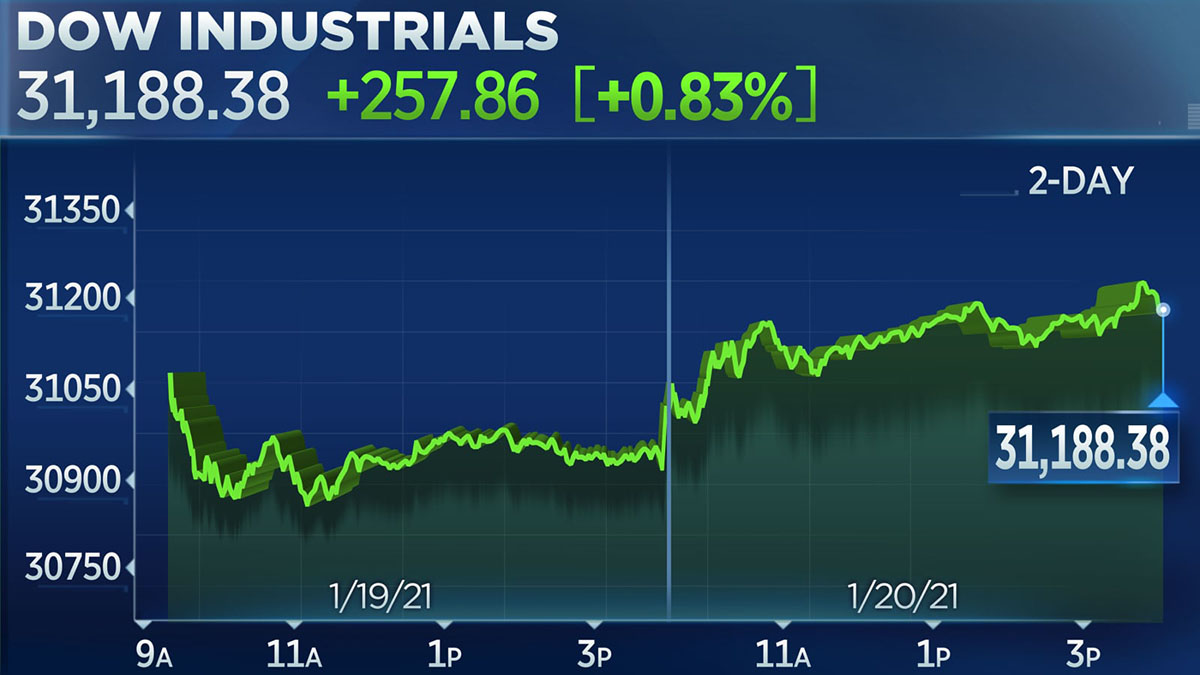Home>Finance>Dogs Of The Dow: Definition, List Of Stocks, Performance


Finance
Dogs Of The Dow: Definition, List Of Stocks, Performance
Published: November 13, 2023
Discover the Dogs of the Dow: a prominent finance strategy involving a select list of stocks. Explore their definition, performance, and more in this comprehensive guide.
(Many of the links in this article redirect to a specific reviewed product. Your purchase of these products through affiliate links helps to generate commission for LiveWell, at no extra cost. Learn more)
Dogs of the Dow: Definition, List of Stocks, Performance
Welcome to our blog post on Dogs of the Dow, a popular investment strategy that has gained recognition among financial experts and investors alike. If you have been looking for a way to enhance your portfolio performance, then this strategy could be worth exploring. In this article, we will provide you with a comprehensive understanding of what Dogs of the Dow is, its list of stocks, and its historical performance. So let’s dive in and uncover the potential benefits of this strategy.
Key Takeaways:
- The Dogs of the Dow strategy focuses on investing in the 10 highest dividend-yielding stocks from the Dow Jones Industrial Average index.
- Historically, the Dogs of the Dow strategy has outperformed the broader market, providing investors with attractive returns.
What are Dogs of the Dow?
Derived from the popular adage, “dogs of the stock market,” where “dogs” refer to underperforming stocks, the Dogs of the Dow strategy adopts a simple but effective approach to investing. The strategy involves selecting and investing in the top 10 highest dividend-yielding stocks from the Dow Jones Industrial Average index at the beginning of each year. These stocks are often referred to as the “dogs” because their prices are relatively low compared to their dividends.
The strategy behind Dogs of the Dow is based on the belief that these high dividend-yielding stocks are undervalued and have the potential to outperform the broader market in the future. Investors are attracted to these stocks not only for their dividend income but also for the possibility of capital appreciation.
List of Current Dogs of the Dow Stocks:
As the components of the Dow Jones Industrial Average index change over time, the list of Dogs of the Dow stocks may vary. However, as of the most recent update, the following represent the current Dog stocks:
- Company A
- Company B
- Company C
- Company D
- Company E
- Company F
- Company G
- Company H
- Company I
- Company J
Please note that the list provided is for illustrative purposes only and may vary depending on the time of your reading. It’s always a good idea to consult an up-to-date source for the latest list of Dogs of the Dow stocks.
Historical Performance:
The Dogs of the Dow strategy has delivered impressive results over the years, with many investors reaping the benefits of adopting this approach. While past performance does not guarantee future results, historical data has shown that the Dogs of the Dow have outperformed the broader market on several occasions.
On average, the Dogs of the Dow have historically provided a higher yield and generated better returns than the overall Dow Jones Industrial Average index. By focusing on high dividend-yielding stocks, this strategy has offered investors an opportunity to earn consistent income while potentially benefiting from capital appreciation.
It’s important to note that no investment strategy is foolproof, and there is always a level of risk involved. Before incorporating Dogs of the Dow into your investment portfolio, it is advisable to conduct thorough research, analyze market conditions, and seek advice from financial professionals.
In Conclusion:
Dogs of the Dow is an investment strategy that aims to identify and invest in high dividend-yielding stocks from the Dow Jones Industrial Average index. The strategy’s historical performance suggests that it has the potential to outperform the broader market, providing investors with both income and potential capital appreciation opportunities.
Remember, investing involves risk, and it’s crucial to conduct your own due diligence and seek professional advice before making any investment decisions. By staying informed and aware, you can make well-informed choices that align with your financial goals.














